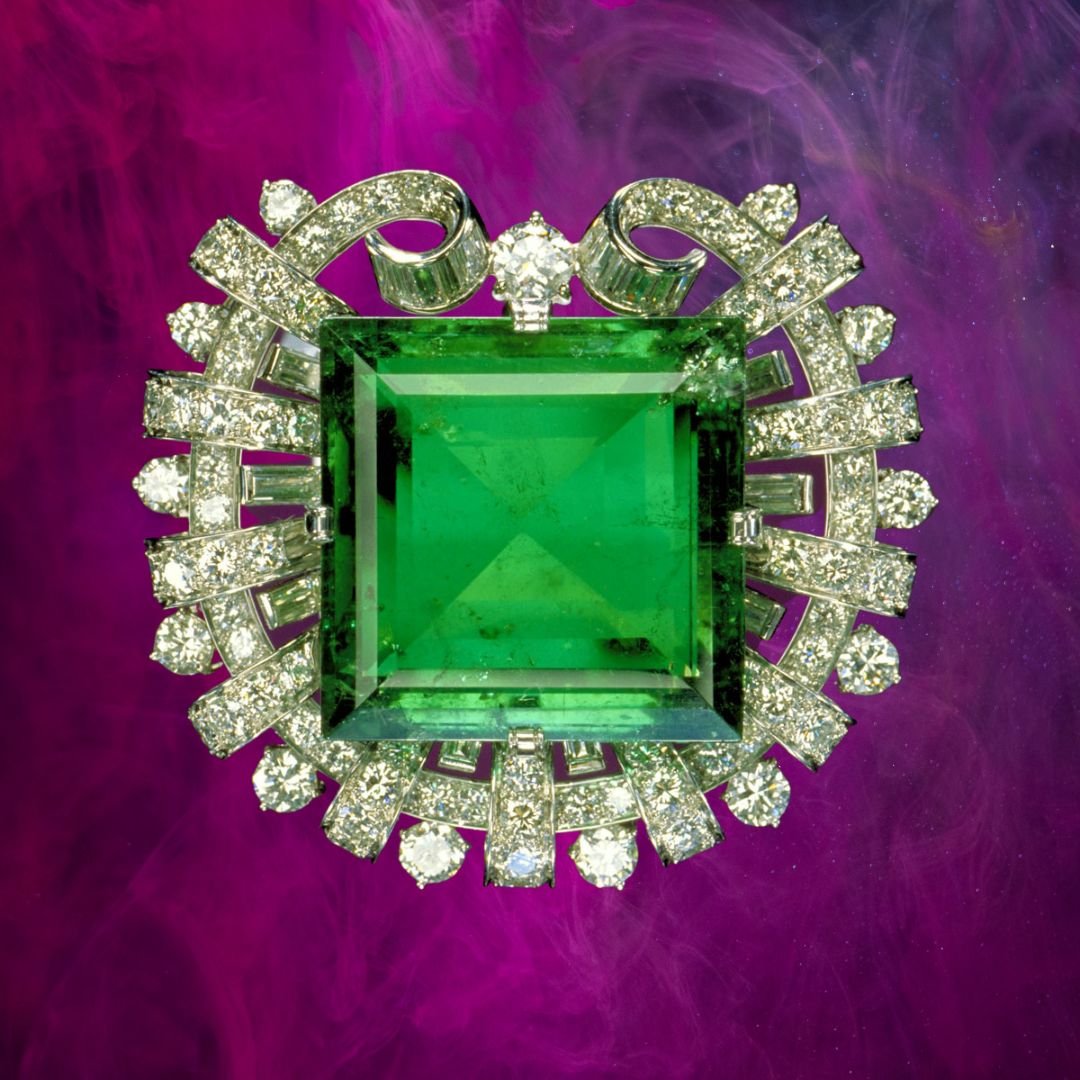Common Emerald Treatments & Enhancements
Discover the most common treatments used to improve the appearance and durability of emeralds! From oiling to resin filling, irradiation to clarity enhancement, dyeing to epoxy resin, coating to lasering - Explore the techniques a keep in mind, some treatments may affect the value of the emerald, so be an informed consumer and know what you're buying.
Oiling
Oiling is the most common treatment for emeralds. It involves filling the small fractures and fissures that are present in most emeralds with an oil, wax, or resin. The oil, wax or resin is usually colorless, but some oil may contain green pigment to enhance the color of the emerald. The purpose of oiling is to improve the appearance of the emerald by reducing the visibility of these fractures and fissures, which can make the stone appear cloudy or hazy.
The oiling process is done by drilling a small hole in the emerald and then injecting the oil into the fractures and fissures. The oil is then heated to allow it to penetrate the stone and fill the fractures and fissures. The process is done carefully to avoid damaging the emerald and to ensure that the oil is distributed evenly.
It's important to note that oiling does not change the structure of the emerald, it just improves its appearance. Also, oiling can be reversible, meaning that the oil can dry out or evaporate over time, and the fractures and fissures will become visible again. Therefore, emeralds that have been oiled require special care and maintenance to ensure that the oil remains in the fractures and fissures.
Resin Filling
Resin filling is a treatment that is similar to oiling in process, but instead of oil, resin is used to fill the fractures and fissures in the emerald. The resin is usually a clear or yellowish color and is used to improve the clarity of the emerald. Resin filling is a more durable treatment compared to oiling, as the resin is more resistant to evaporation and does not dry out over time. It also does not require special care and maintenance, as oiling does, and can last for many years. However, resin filling is also more expensive than oiling and it's a more invasive treatment, as it requires drilling a hole in the emerald, which can affect the gemstone's structural integrity.
Irradiation
Irradiation is a relatively simple and inexpensive treatment that involves exposing an emerald to a source of radiation, such as gamma rays or X-rays. The emerald is placed in a container with a radioactive source and is exposed to radiation for a certain amount of time. The length of time and the amount of radiation will depend on the desired result. The radiation changes the color of the emerald, making it appear greener. This treatment is often used to improve the color of emeralds that have a yellowish or brownish tint, making them more desirable and valuable. However, it's important to note that irradiation can make an emerald more fragile and can affect its structural integrity. Also, irradiation can cause internal stress which can cause fissures and fractures to appear on the surface. Irradiation is a permanent treatment and once the emerald has been irradiated it will remain irradiated for the rest of its life.
Clarity Enhancement
Clarity enhancement is a treatment that is used to improve the clarity of emeralds. It is done by drilling a small hole in the emerald and then inserting a substance into the hole that hardens and improves the clarity of the emerald. The most common substances used for clarity enhancement are lead glass and other types of glass, resin or plastic. It is a permanent treatment, and once an emerald has undergone clarity enhancement, it will remain treated for the rest of its life.
Dyeing
The dyeing process is done by immersing the emerald in a solution of green dye, or by applying the dye to the surface of the emerald. The dye is then absorbed into the stone and the color is changed. The process is done carefully to avoid damaging the emerald and to ensure that the dye is distributed evenly. Dyeing is permanent but also affect the durability of the emerald, as it can make it more fragile and can cause internal stress.
Epoxy Resin
This is a treatment that is used to fill the fractures and fissures in the emerald with a clear epoxy resin. The epoxy resin is harder and more durable than oil or wax, and it is also resistant to heat and chemicals.
Coating
This treatment applies a thin layer of a substance such as wax, oil, or resin to the surface of the emerald to enhance its color and appearance. Lasering
Lasering
Lasering is used to remove inclusions (imperfections) in the emerald by drilling a small hole in the stone and then using a laser to vaporize the inclusion.
It's important to note that some treatments may lower the value of the emerald and that the treatments should be disclosed when buying an emerald. Consumers should be aware of the treatments that emeralds have received, as it can affect the durability and value of the gemstone. Generally untreated emeralds are rare find and thus command higher values relative to a similar treated emerald.
Dive deeper into the world of jewelry
Be sure to visit the blog. Get fascinating insights straight from experts around the world and pick up secret tips to make jewelry shopping a breeze.



Today, Jaipur is recognized as one of the worlds leading colored gemstone manufacturing hubs especially for the cutting of emeralds. A few years ago the Gemological Institute of America (GIA) visited the Jaipur, India to get a deeper insight into the workings of the gemstone cutting industry.